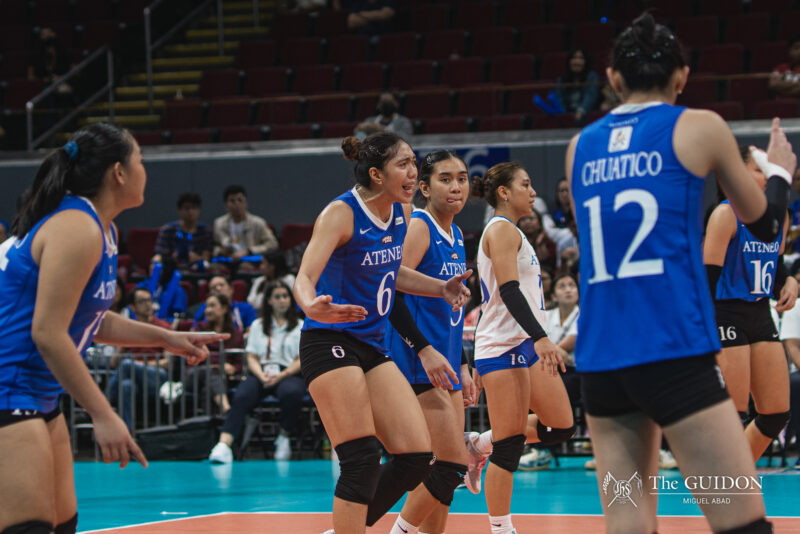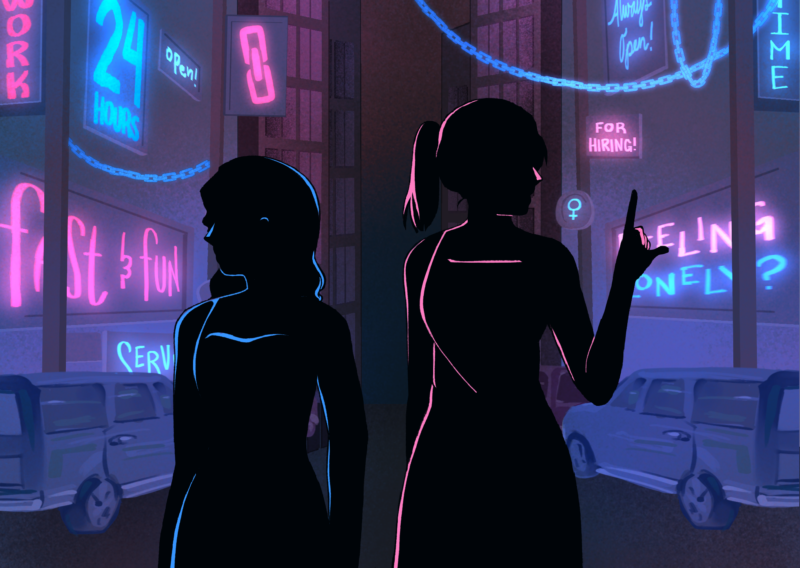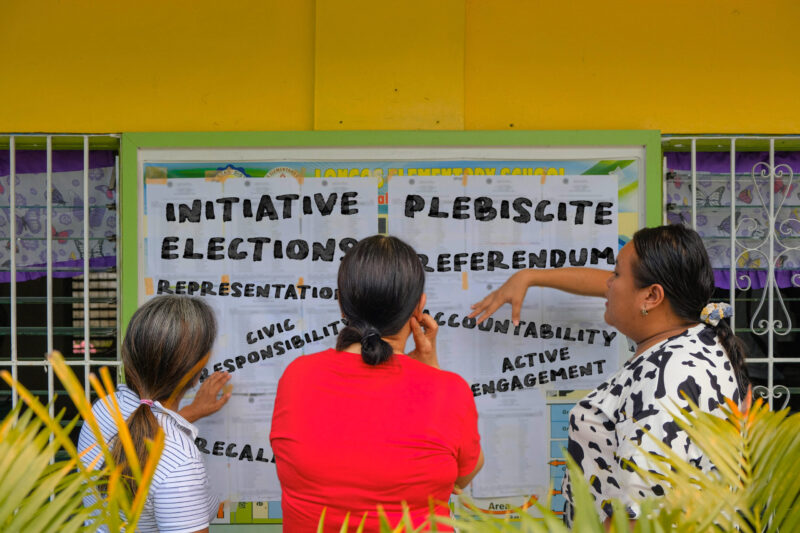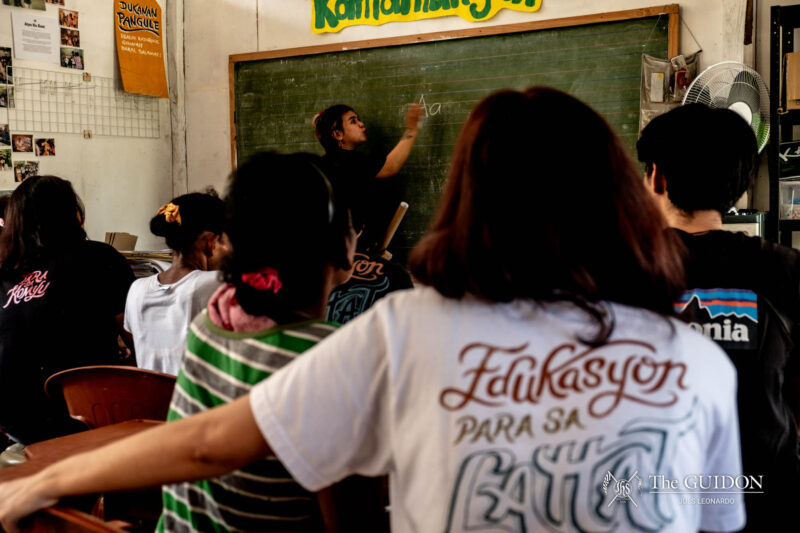The Ateneo Football Center revives what used to be the Philippines’ national sport

Glory days. The Ateneo Football Center aims to give luster to a once national sport. | Photo by Mark Jason C. Mariposa
Once one of Asia’s pioneering footballing nations, and a football superpower, it is hard to imagine that there was ever a sport more popular than basketball in the Philippines. For many, the Philippines’ football golden era is a distant memory with its remnants only found in the history books. But now, 28 years after establishing the Ateneo Football Center, with his master plan of steering Ateneo and Philippine football up to the next level, the efforts of Ateneo coaching legend, Christopher Monfort, have marshaled football out of its dark ages.
Before the heydays of basketball
The beautiful game first gained recognition during the last 20 years of Spanish rule. Considered as football’s golden years, the Philippines enjoyed its share of international success.
A founding member of the first Asian Football Confederation, the Philippine national team won a gold medal in the Far Eastern Championships—the forerunner of the Asian Games— with a 2-1 victory over China, and even developed one of football’s earliest legends: Paulino Alcantara.
Indeed, even before Manny Pacqiuao and basketball legend Robert Jaworski, Filipinos had a national sports hero in Paulino Alcantara.
Hailing from Iloilo City, Alcantara, who debuted for FC Barcelona at the age of 15, remains to be the first ever Filipino, and Asian, to play for a European club. With his astonishing goal record of 357 goals in 357 games, he is not only the youngest to ever play and score for the Spanish giants, but to this day holds the club’s title of the highest goal scorer.
Dark Ages
But long are the days of football domination, as football today plays second fiddle to more popular sports: boxing and basketball, Paulino Alcantara is a mere legacy of a golden era that had run its course.
Now ranked at 170 in the world, the country has made little impression on the global stage, their semi-final appearance in the 1991 South East Asian Games being a rare milestone.
When the Americans seceded hold of the Philippines, they not only ceased control of the Philippine islands, but introduced a sport, basketball, which soon overhauled football’s title of ‘national sport’.
The unfortunate watershed years that followed, coupled with the development of the Philippine Basketball Association (PBA) in 1975, saw the start of the dark ages of Philippine football.
Head of the Ateneo Football Center and member of the Philippine Football Federation, Robert Manlulo says, “Aside from the influence of the Americans, the decline also came in the people handling the [Philippine Football] Confederation.”
Grass root development
As football was losing ground, an ambitious, young Christopher Monfort fought back with a program that not only supplemented the Ateneo seniors’ football team, but also built a foundation that placed football back on the map.
“The football center was first set-up for additional training,” Manulo says. Before the Ateneo Football Center (AFC), Ateneo had no comprehensive football program, high school players were expected to transition to the seniors team without any formal training.
With its modular structure, the football program provides a healthy mixture of competition and fun. But most importantly it has opened up the opportunity for boys and girls to harness their football skills at an early age. Unlike basketball, where the leagues are clumped in 2 year age groups, the football program has a division for each age group. “So you really see the progression,” Manulo says.
What humbly started as an outlet for Ateneo football players, has now become a premier breeding ground, cultivating some of the nation’s cream of the crop for various university varsity teams, and with some, namely Ateneo’s Mick Ingles and Patrick Ozaeta, even progressing to the national level.
Manulo says, “His [Christopher Monfort’s] idea was to have a grassroots development program. In his mind setting up a football program different from the varsity would help supplement the training and at the same time develop talents.”
Football on the rise
Talking about the success of the AFC, Manulo uses the example of the Blue Booter’s three-peat during the 2003-2006 years. He says, “that group [reaped the benefits] of the football center program.”
To date, the program has mitigated the Ateneo Blue Booters to win five UAAP championships, and a notable three-peat, which featured a crew of boys harvested by the Ateneo Football center.
The Ateneo Football Center has maintained its caliber of developing top players. With the recent introduction of the Coeber Football Program, a one-on-one coaching method that dives into the nitty-gritty technical aspects of football, big improvements have already showed on the international stage.
Every year the AFC sends a team to represent the Philippines in the ASEAN Football Confederation cup. Manulo says, “One team you can see a big development in individual skill is last year’s team from the under 13 division [sent to] the Asian Football Confedration tournament in Malaysia.”
“We played at par with the different ASEAN nations,” he says.
Manulo points out the difference in the way the players think about the game. He says “Compared to past 3 teams that were sent where they were really massacred by the other countries, the team last year performed better.”
While Manulo recognizes the AFC for playing a substantial role of re-instigating the interest in football, he also credits the increased exposure of football through cable television, and the media, for resonating the sport’s rapid awareness throughout the nation.
“One event that triggered the awareness of football was the 2002 world cup, set in Japan. For the first time I saw Filipinos watching football,” he says.
Now, football is certainly on the rise. And with the Philippine Football Confederation’s, and the support of FIFA (Football International Federation Association), persistent efforts to revive the glory days, football may one day share the limelight with basketball.






